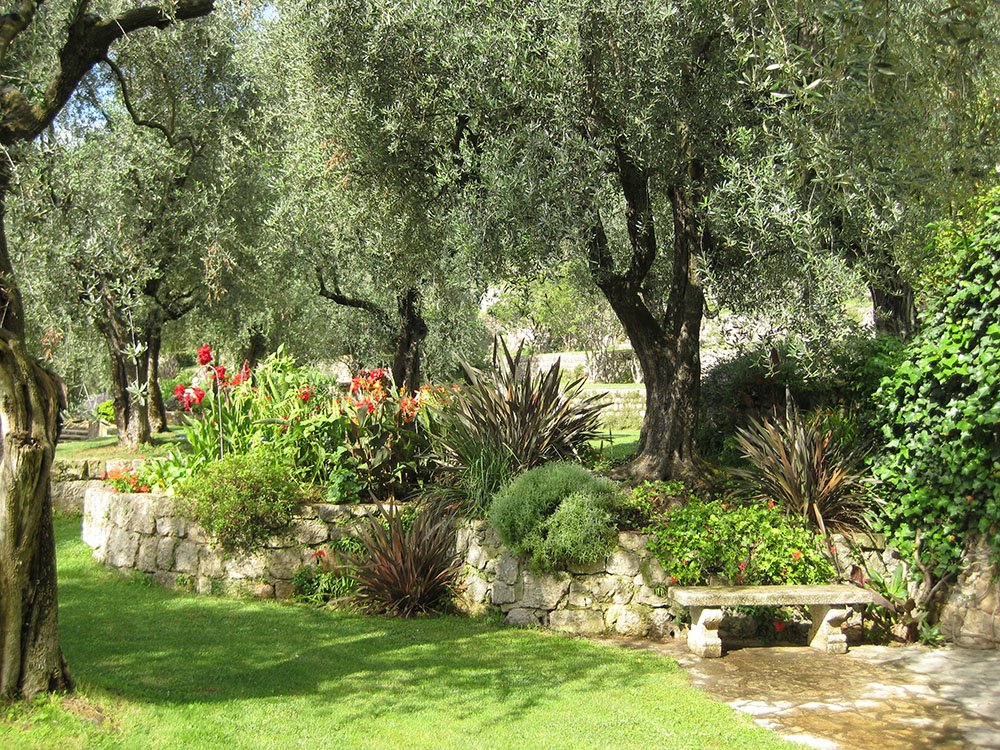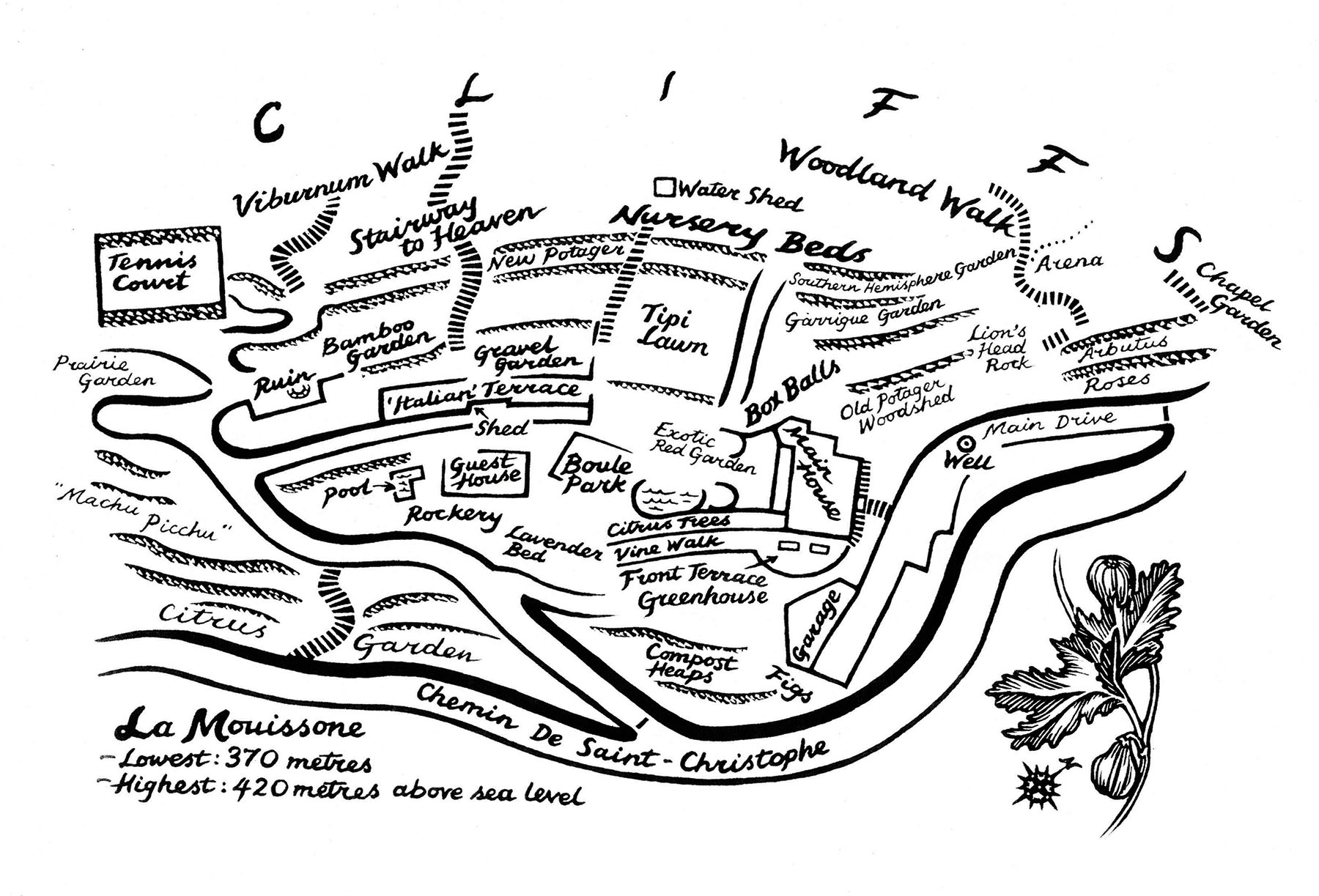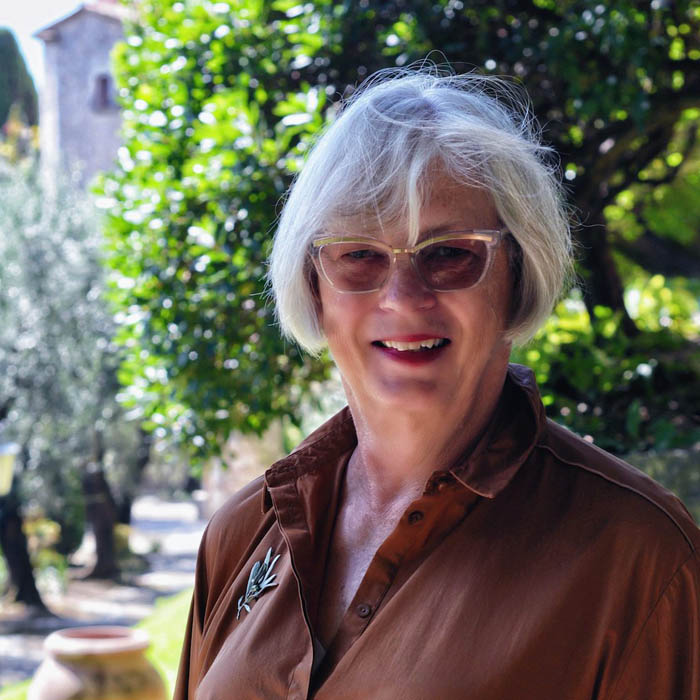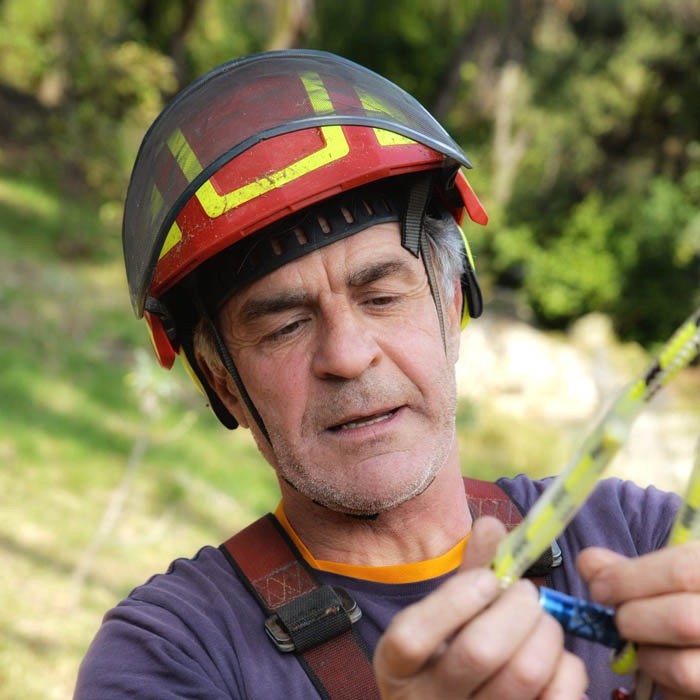Qui Sommes Nous?
The 'Oliveraie' of La Mouissone is spread over three hectares of the hill slopes below le Bois de la Marbrière to the east of Grasse.
This unusual olive grove has its trees placed across several steep terraces overlooking the surrounding countryside down to the sea at La Napoule, Cannes and Antibes. The name, La Mouissone, is the cultivar name of a variety of fig - Ficus carica movissona, first recorded in 1715.
As well as olives, the garden has many areas of interest - a succulent zone, bamboo garden, semi-exotic beds and of course, many indigenous plants, shrubs and trees. This is an ideal location for a garden visit, a picnic amongst the olive trees, or for a holiday.

A place filled with history
The exceptional ‘terroir’ of the Grasse countryside has provided centuries of olive farming. Even before the manufacture of essences destined for the perfume industry, the production of the Cailletier olives had long been a fundamental activity and an important source of revenue for the region.
The domaine of La Mouissone, under the protection of the little chapel of Saint-Christophe, which sits just alongside its entrance, is made up of three hectares planted with 250 productive olive trees of which most are centuries old.
The exceptional longevity of the olive tree gives it a unique appearance. The twisted trunks speak of the strength necessary to overcome the constraints linked to the arid and poor soils of the area.
Previously attached to the neighbouring Villa St. Georges, formerly the property of celebrated perfumer, Léon Chiris, it is thought that the olive grove was visited in 1891 by Queen Victoria herself.

Captivated by its past glory and the beauty of the place, the Lockett family acquired the property in 1998. Since then each day has been dedicated to the renovation of the grove, combined with the introduction of themed gardens within the original layout of the terraces.
Lady Lockett is an English woman with a passion for gardening. She has for many years gathered ideas through the study of plants and gardens and through many experiences of travelling to different climates and habitats.
She has introduced new ideas sensitively to maintain the integrity of the place. A bamboo garden gives onto the formal vegetable garden, prairie meadows lead to a rock garden. And so one can stroll amongst the olives to discover a new garden theme at each level.


All the production connected to the olive trees in undertaken by local expert ‘oléiculteur' Jean-Philippe Frère. Each year the Concours Général Agricole de Paris rewards his talent and tenacity with new medals for his products. These derive from organic farming techniques wherever possible.
Visitors will have the opportunity to try his oils, prepared olives, olive pastes and tapenades at the end of their visit, as well as other products such as marmalades, jams and dried herbs, which are prepared from plants grown at La Mouissone.
The garden is constantly changing and evolving. Each new development is conceived whilst taking into account the nature of the terrain, the climate, and of course the maintenance of the olive grove. This set of provisos and the enthusiasm for the challenge is essential in the creation of La Mouissone as a unique setting. The family’s decision to open the garden for visits came from a desire to share this enthusiasm.